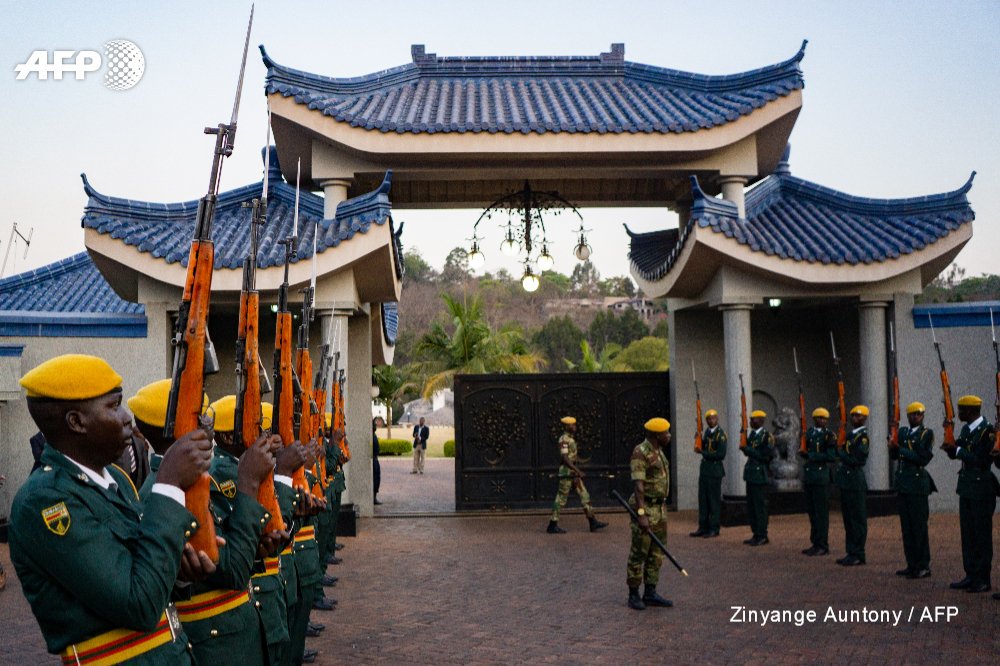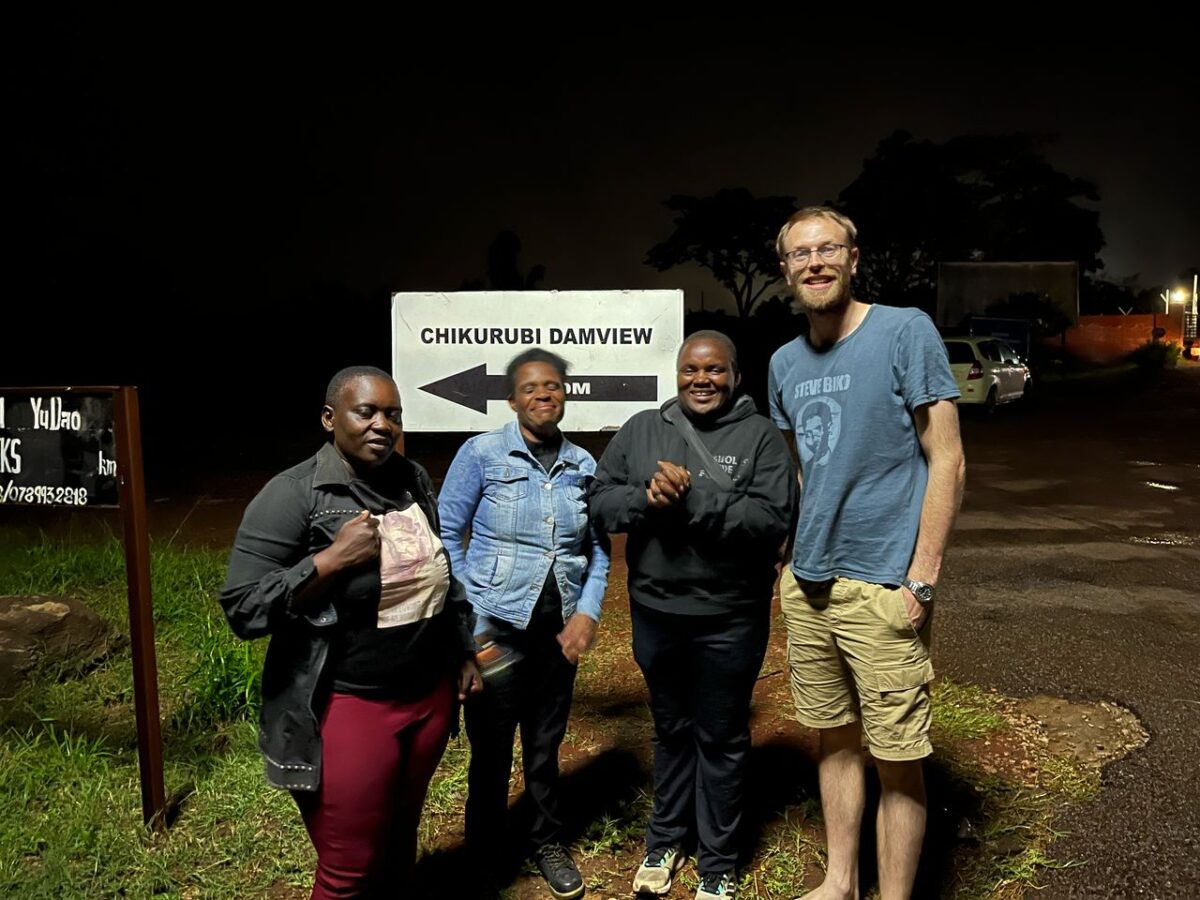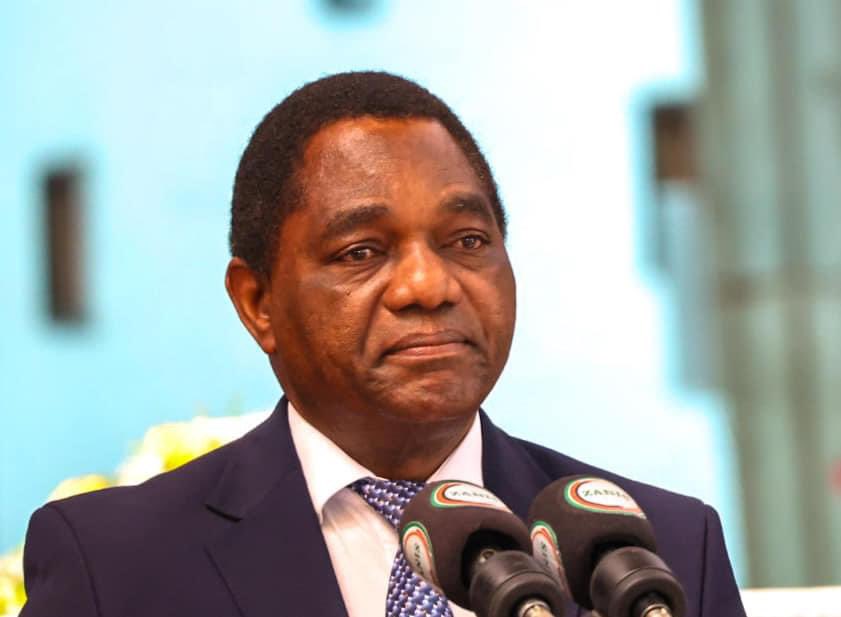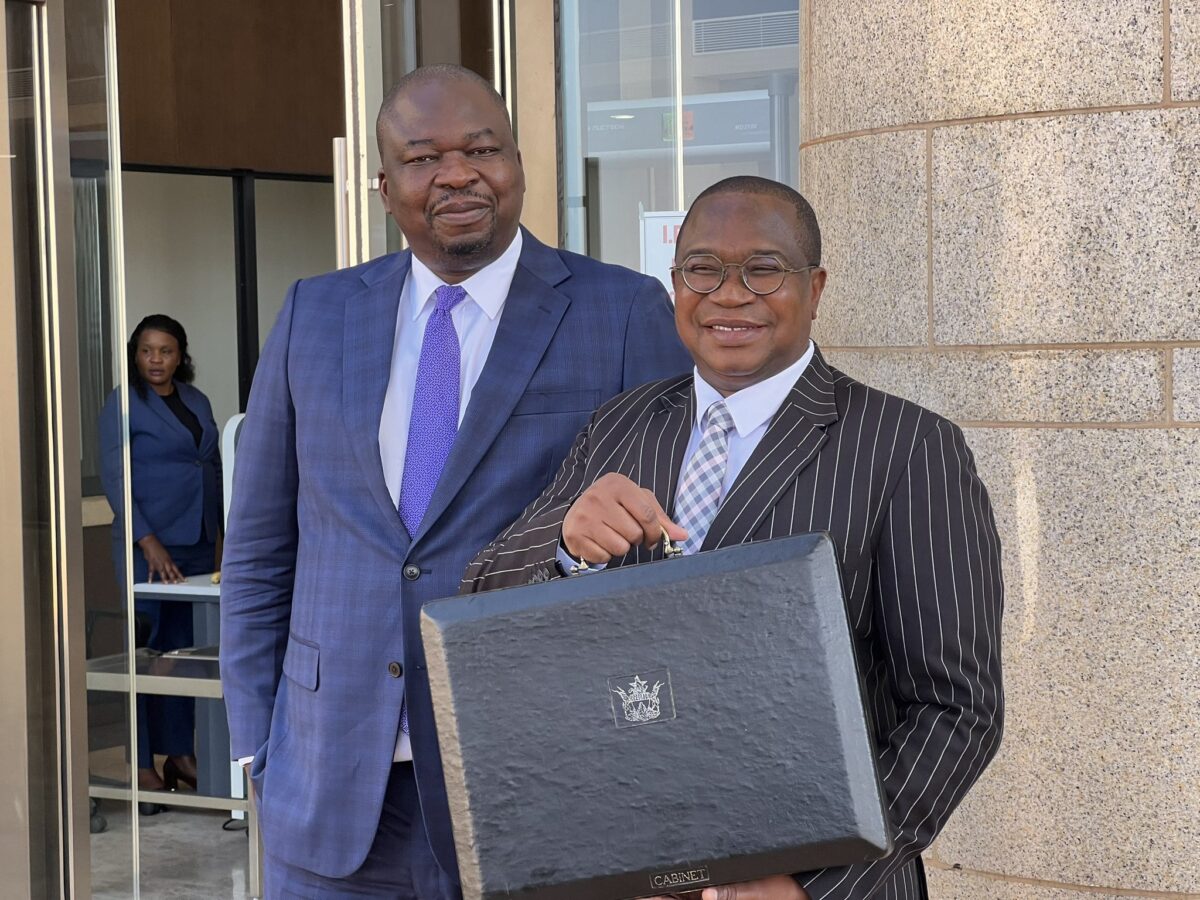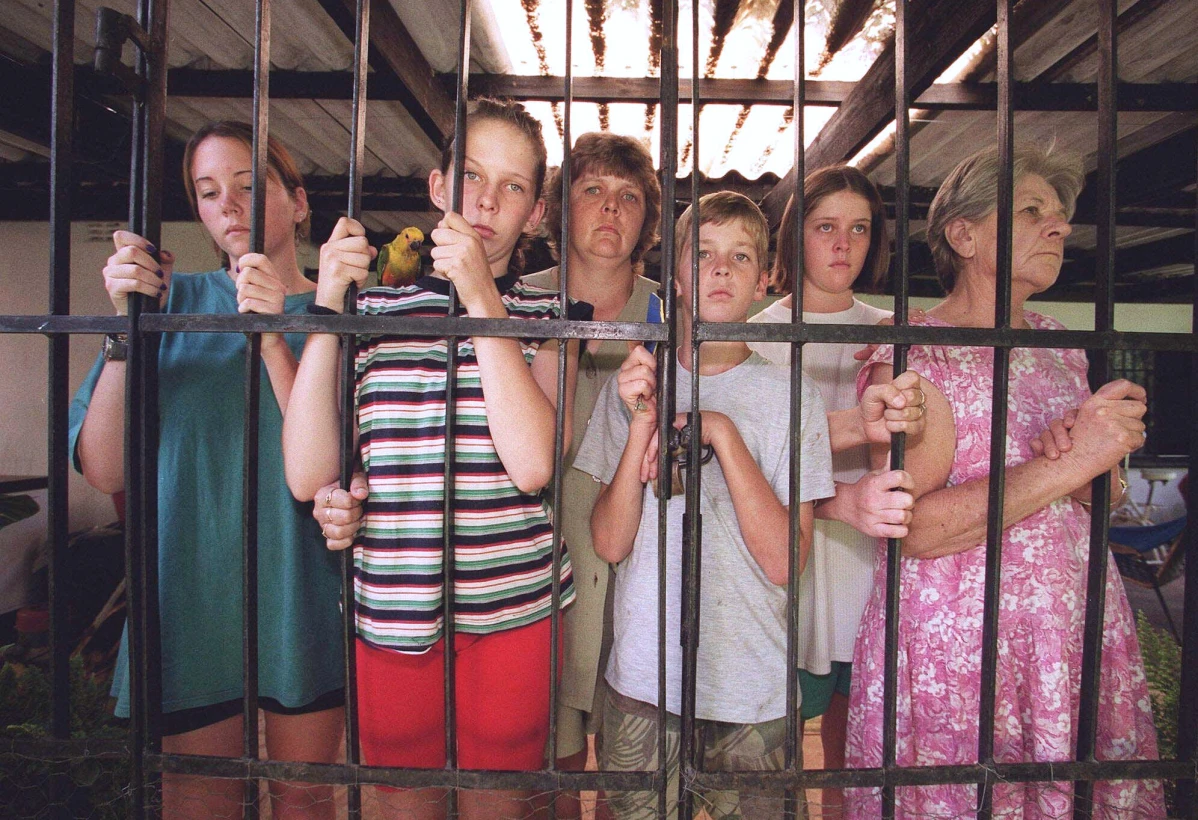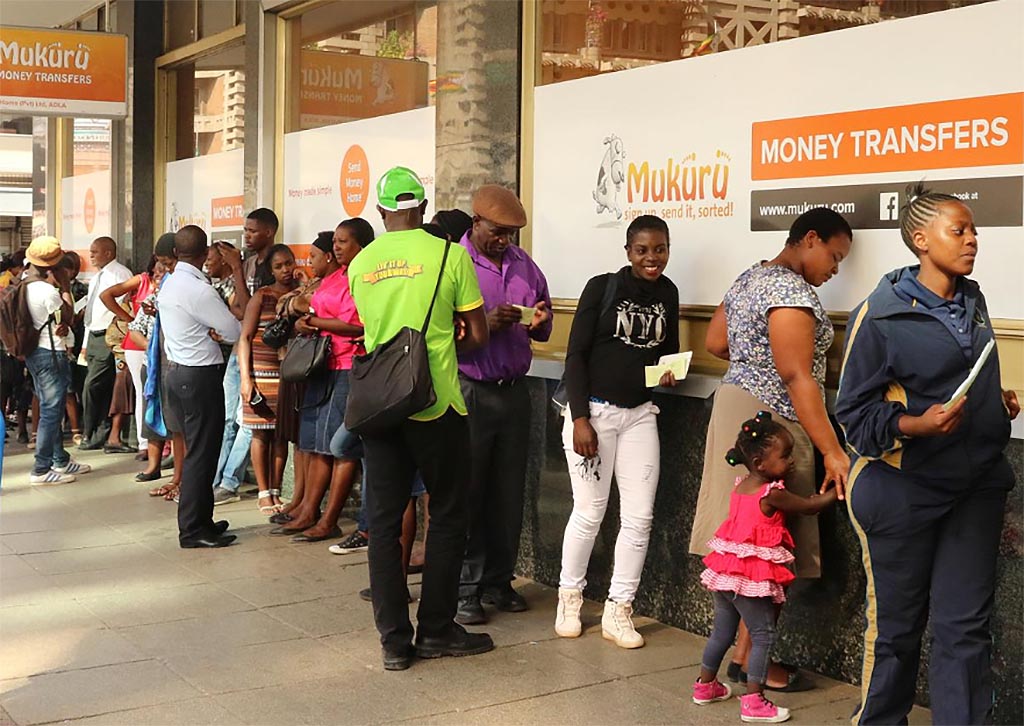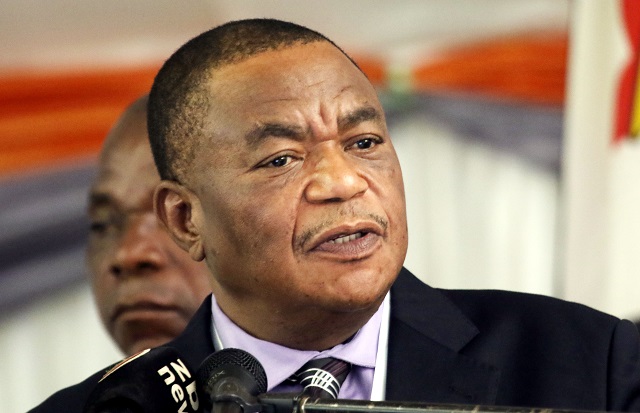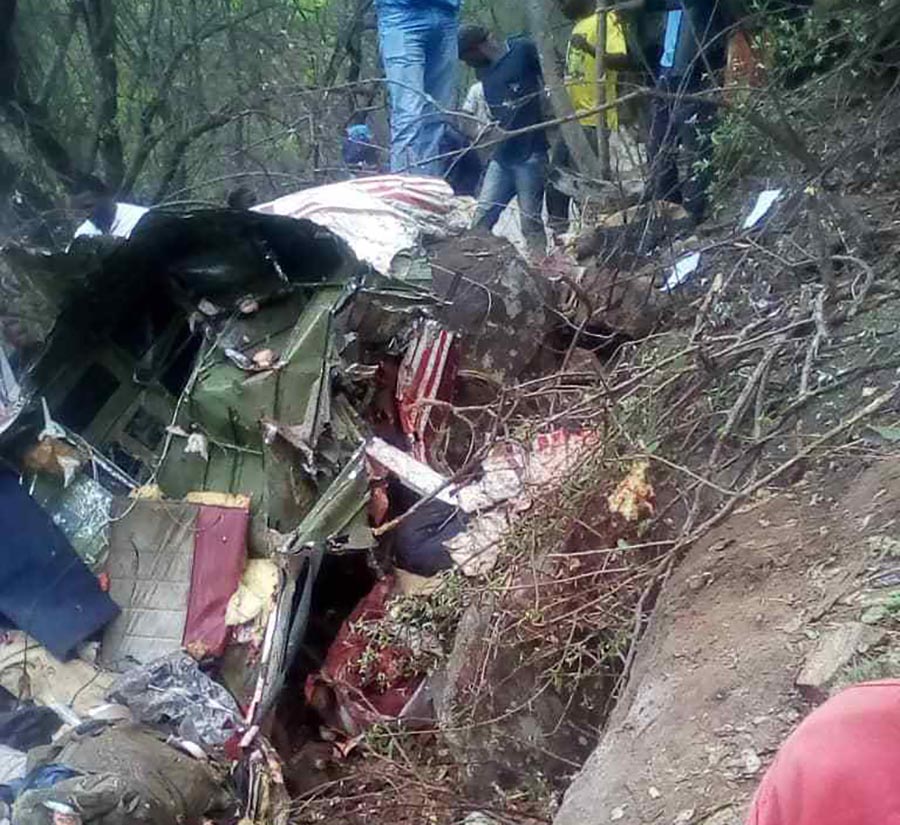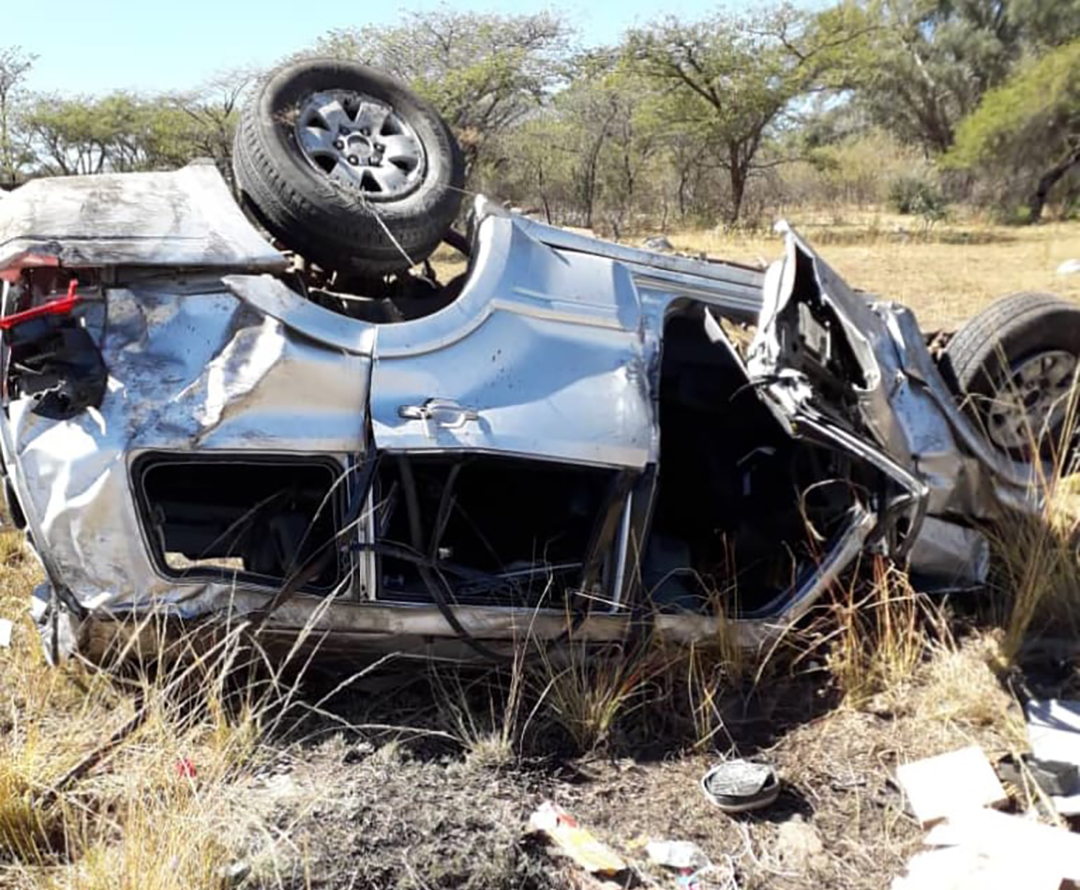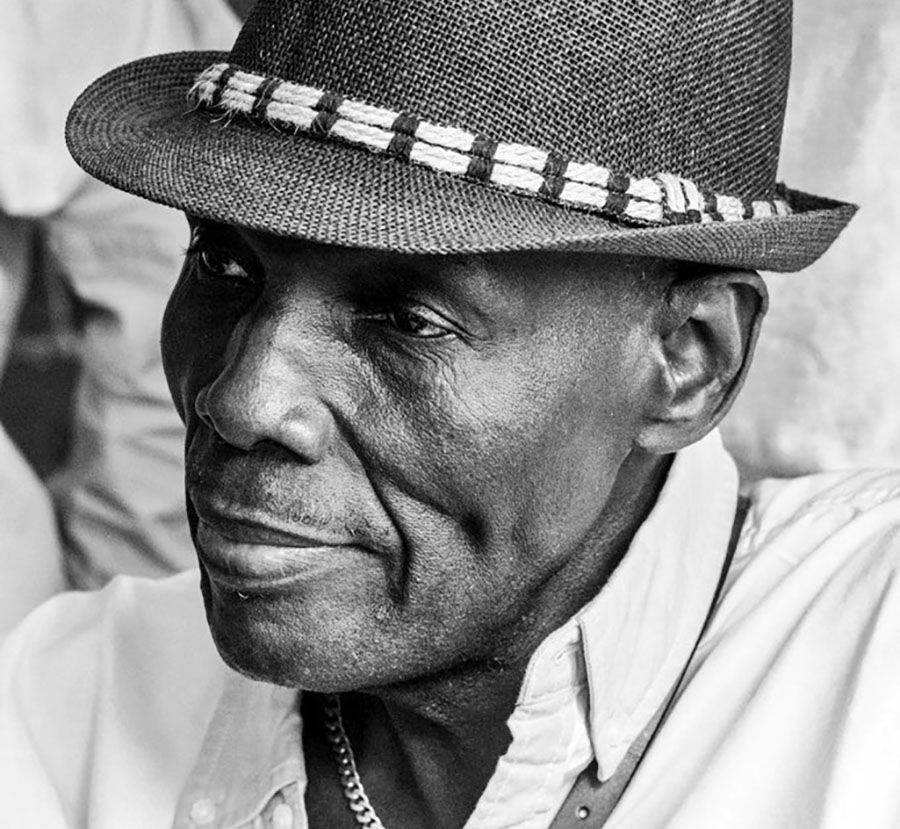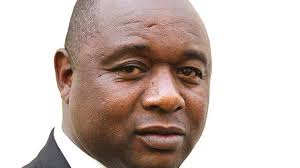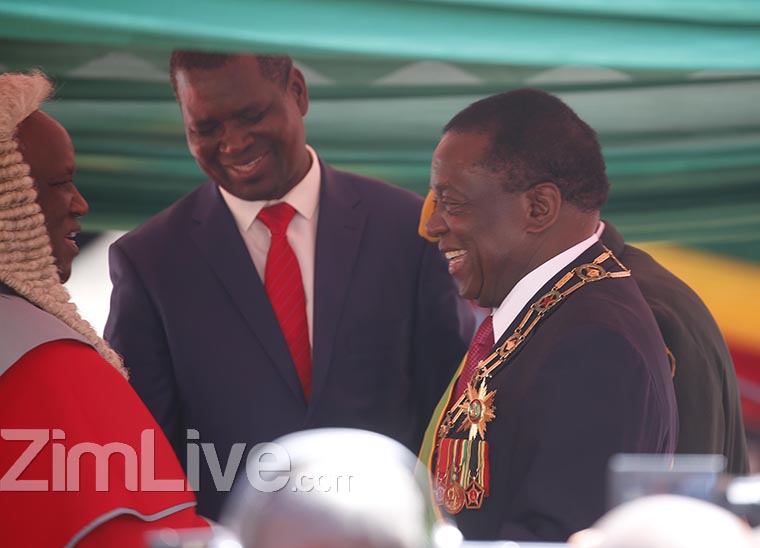HARARE – Zanu PF has set itself on a new collision course with Robert Mugabe’s family after the party announced plans to convert the former president’s sprawling Borrowdale home into a museum.
The plan was announced by Zanu PF’s secretary for administration Obert Mpofu on Monday, according to the ZBC.
“Mpofu says the party is deliberating on converting the residence of the former president commonly known as the Blue Roof to a museum or something that will benefit the party,” a ZBC report said.
Mugabe family spokesman Leo Mugabe told ZimLive that Mugabe’s widow, Grace, had not been consulted – setting the stage for another bruising fight with the Zanu PF government following a very public row over where the former leader, who died aged 95 on September 6, would be buried.
Zanu PF reportedly owns part of the land on which the Blue Roof was constructed – land which is understood to have been donated to Mugabe to build his retirement home.
But before construction began, according to family sources, Mugabe’s widow who oversaw the Blue Roof’s construction bought several adjacent stands from private landowners.
The financing of the construction, Mugabe previously said, was mobilised from his own savings and donations. The property was constructed by Energro Projects of Serbia, a company which had close links to the Mugabes. The house was completed in 2003.
The 25-bedroom mansion with two lakes and a helipad is commonly referred to as ‘Blue Roof’ for its distinctive Chinese tiles, believed to have been a gift from Beijing.
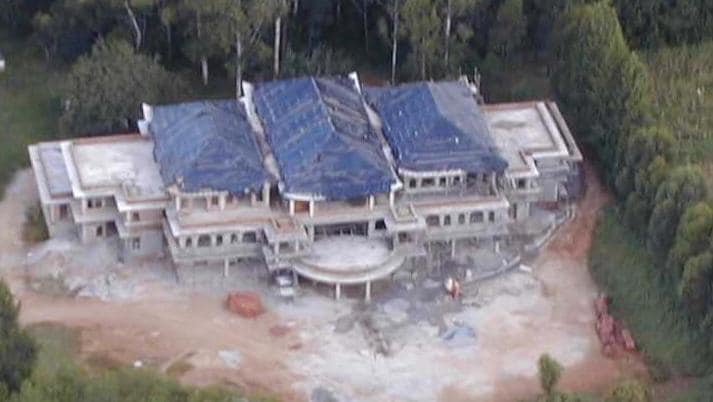
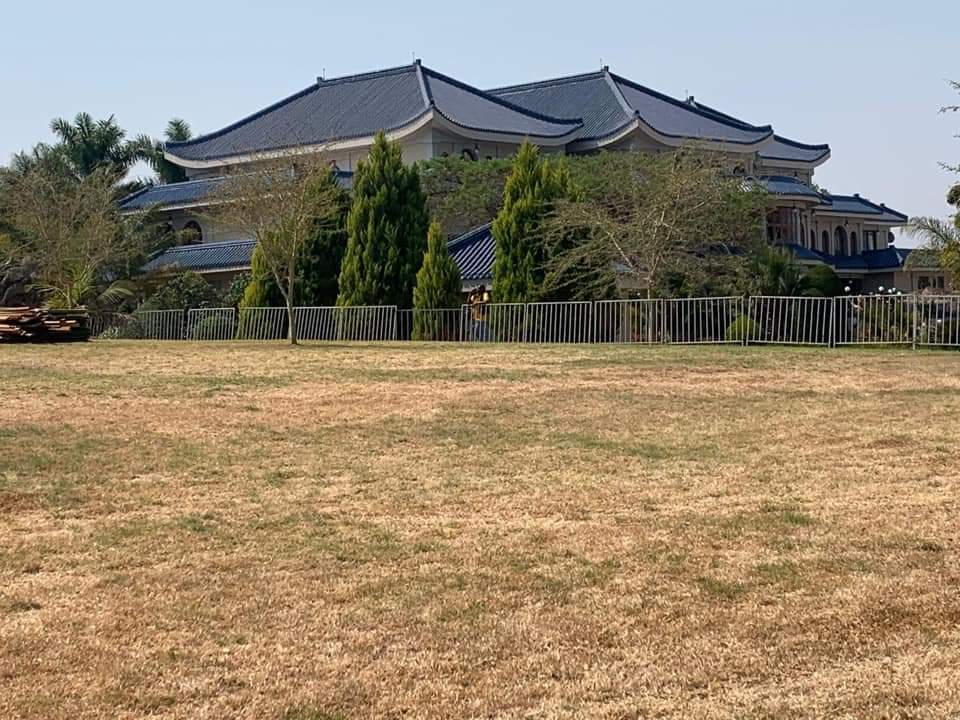
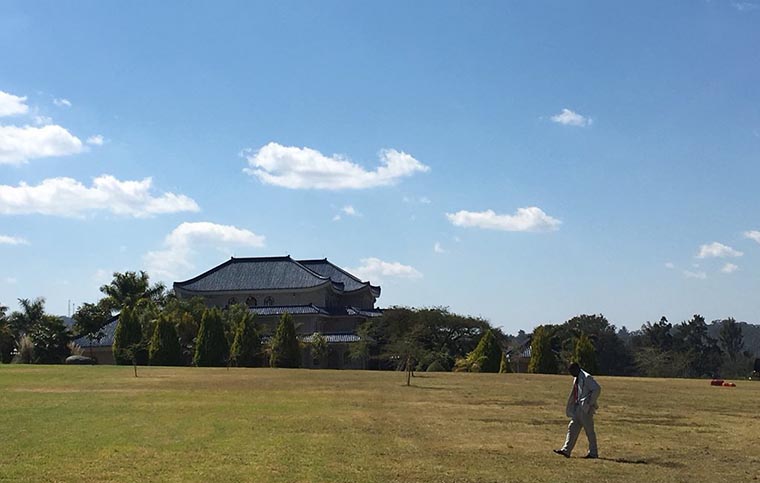
After weeks of delays, Mugabe was finally buried last Saturday, closing a battle between the state and his family over the fate of his remains.
Mugabe was buried in the courtyard of his rural home at Kutama during a low-key private ceremony attended by less than 250 people. But the decision to finally bury him at a private rural home amid tight security, came after a battle played out for weeks between Mugabe’s family, local traditional chiefs and the government.
Inside the grave, the coffin was placed in a container and then covered with a maroon lid. At its head, “R.G. Mugabe” was inscribed on a yellow plate. Heavy rectangular blocks matching the shape of the grave were piled on top of the coffin.
The original coffin, in which Mugabe’s remains were flown from Singapore, was changed, said family spokesperson Leo Mugabe, the former president’s nephew.
“We wanted a tamper-proof casket because of (the fear of) rituals,” he told the Zimpapers Television Network last week.
Mugabe had told his wife to guard his body once he died for fear it could be used by his opponents for ritualistic purposes, he added.
“People are after his body or his body parts,” Leo Mugabe was quoted as saying.
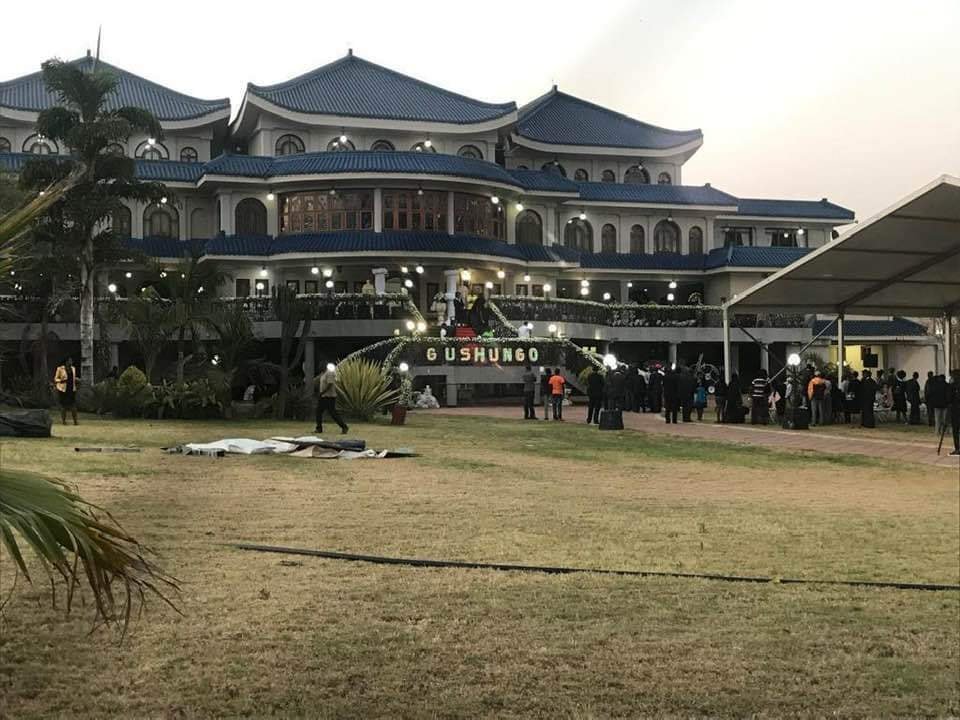
Family members have said the decision to bury Mugabe at the village was a fulfilment of his wishes.
After much haggling, the family had reluctantly agreed to a government-sponsored special mausoleum at the National Heroes Acre. Its construction was already under way at a public shrine in Harare, where dozens of other liberation war heroes are buried.
But in a surprise about-turn, it was announced the burial was going to be at Kutama village.
It was only at the burial on Saturday that family members explained Mugabe had indicated that when he died, he did not want to be buried at the national shrine because he had been “ridiculed”.
Mugabe was bitter over his ouster nearly two years ago and the role played by his former deputy, Emmerson Mnangagwa, who was elected president after Mugabe was toppled.
(Additional reporting by AFP)

